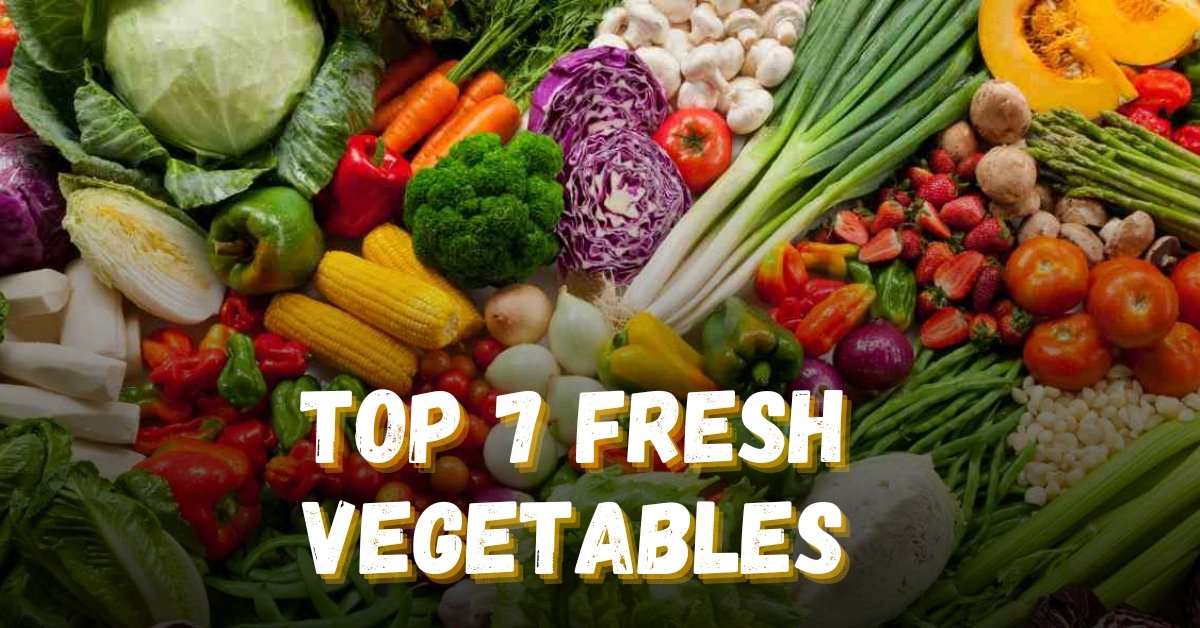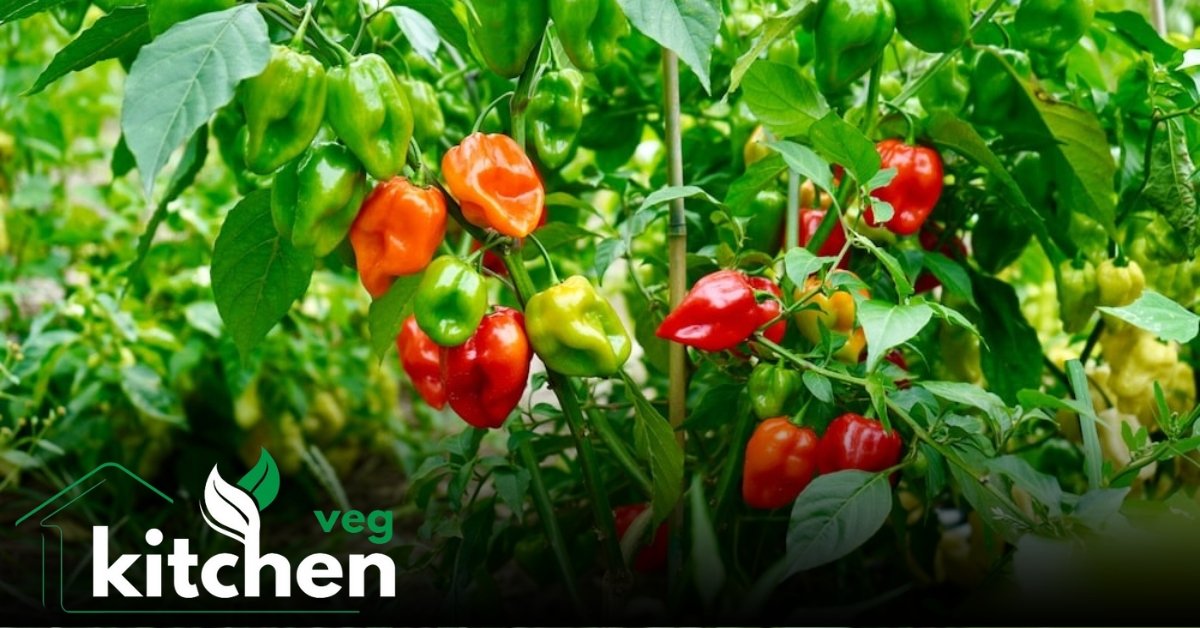Introduction
More to yellow squash than just edible fruit makes it a popular and adaptable vegetable in many gardens. Additionally, the health and cultivation of the plant depend heavily on its leaves. We will examine every facet of yellow squash leaves in this in-depth guide, from their anatomy and functions to typical problems and maintenance advice.
Eleven comprehensive headings are used in this information-rich article to give you a complete understanding of yellow squash leaves.
Anatomy of Yellow Squash Leaves
Broad, lobed leaves are vital to the growth and productivity of yellow squash (Cucurbita pepo) plants. Gardeners who know the anatomy of these leaves can better care for their plants.
Leaf Structure
Large yellow squash leaves usually contain the following:
Blade: The broad, flat leaf surface that receives sunlight.
Petiole: The stalk that joins the stem and leaf blade.
Veins: A network that moves carbohydrates, nutrients, and water throughout the leaf.
Surface Characteristics
Yellow squash leaves frequently have a rough, slightly hairy surface. This texture helps minimize water loss and provides pest protection.
Photosynthesis and Yellow Squash Leaves

The main component of photosynthesis, which is how plants turn light into energy, is the leaf of the yellow squash plant.
Role in Energy Production
The leaves’ vast surface area maximizes the sunlight they capture. Their chlorophyll absorbs light and uses it to change water and carbon dioxide into glucose, which powers plant growth.
Stomata and Gas Exchange
Stomata, microscopic holes on the underside of leaves, make gas exchange possible. They are essential to respiration and photosynthesis because they absorb carbon dioxide and release oxygen.
Growth Stages of Yellow Squash Leaves
The leaves of yellow squash plants alter as they go through different growth stages.
Seedling Stage
The earliest leaves, or cotyledons, appear during the seedling stage. True leaves, which have a distinctive lobed shape, come next.
Vegetative Growth
This stage sees the plant generate more leaves, which enlarge and take on the characteristic lobed structure of mature yellow squash plants.
Flowering and Fruiting
The leaves keep growing as the plant ages and start to blossom, providing the energy required for fruit production.
Environmental Factors Affecting Leaf Health
Many environmental conditions can influence the growth and health of yellow squash leaves.
Light
Full sun is ideal for yellow squash plants, which need at least 6 to 8 hours of direct sunlight each day. However, inadequate light can result in reduced photosynthesis and poor leaf development.
Water
Watering must be done consistently for leaves to be healthy. Overwatering or underwatering the plant may stress it, causing withering or yellowing of the leaves.
Soil
Yellow squash prefers fertile soil that drains well. Nutrient shortages caused by poor soil conditions can manifest in the leaves as stunted growth or discoloration.
Nutrient Requirements for Healthy Leaves
For yellow squash leaves to remain healthy, a proper diet is necessary.
Essential Nutrients
Three essential nutrients are potassium (for general plant health), phosphorus (for root and flower growth), and nitrogen (for green, leafy growth). Micronutrients are also essential; these include iron, calcium, and magnesium.
Fertilization
By applying a balanced, slow-release fertilizer regularly, plants can be guaranteed to receive the nutrients they require for the duration of the growing season.
Common Leaf Diseases in Yellow Squash
Many illnesses might impede the growth and productivity of yellow squash plants.
Powdery Mildew
A fungal illness called powdery mildew causes white, powdery patches on leaves. It can increase rapidly and flourishes in warm, dry environments.
Downy Mildew
Downy mildew, as opposed to powdery mildew, creates fuzzy growth on the underside of the leaves and yellow or brown blotches on their surface. It likes damp, cool weather.
Bacterial Wilt
Bacteria carried by cucumber beetles are the source of this disease. It negatively impacts the health of the plant by causing leaves to wilt and eventually die.
Pest Management for Yellow Squash Leaves
If pests are not adequately controlled, they can seriously harm the leaves of yellow squash.
Common Pests
Squash Bugs: These pests cause the leaves to droop and eventually die by sucking up sap.
Aphids: Tiny insects that carry diseases and eat the sap from plants.
Cucumber Beetles: These insects can spread bacterial wilt by chewing on the leaves.
Integrated Pest Management (IPM)
IPM entails utilizing a variety of techniques, such as cultural norms, biological management, and, where required, chemical treatments, to manage pests. Effective pest management requires both early intervention and routine monitoring.
Pruning and Care Techniques
Appropriate trimming and care measures can preserve the general vigor and health of yellow squash plants.
Pruning
Eliminating unhealthy or diseased leaves can help the plant breathe more easily and stop the spread of pathogens, lowering the risk of fungal infections.
Mulching
Mulching the base of the plant improves soil moisture retention and temperature stability. It also helps prevent weed growth and promotes healthy foliage.
Staking
Supporting the plant with trellises or stakes that keep its leaves off the ground can decrease the risk of soil-borne infections.
Yellowing Leaves: Causes and Solutions

Several problems, such as nutritional deficits or environmental stress, might be indicated by yellowing leaves.
Nutrient Deficiencies
Nitrogen Deficiency: Causes the leaves, beginning with the elder leaves, to turn yellow overall.
Magnesium Deficiency: Causes the leaves’ interveinal spaces to turn yellow.
Environmental Stress
Overwatering: May cause wilting and yellowing of the foliage due to root rot.
Underwatering: Makes leaves wilt and turn brown or yellow around the margins.
Disease
Yellowing leaves can also be a symptom of diseases like bacterial wilt and downy mildew. Restoring plant health requires finding and fixing the underlying problem.
Propagation and Leaf Role in New Plant Growth
It is possible to grow more yellow squash from seeds, and strong leaves help with this process.
Seed Propagation
When there is no longer a chance of a frost, seeds are often begun indoors and moved outdoors. The growth of seedlings and early photosynthesis depends on the presence of genuine leaves.
Leaf Health in Transplants
It is essential to maintain the leaves’ health during the transplantation process. Harden off seedlings by progressively exposing them to outside settings to guarantee vigorous growth and avoid transplant shock.
Harvesting and Post-Harvest Care
Appropriate harvesting methods and post-harvest maintenance can influence the general health of yellow squash plants and their leaves.
Harvesting Techniques
When yellow squash are still young and fragile, harvest them. To remove the fruit from the plant, use pruning shears or a sharp knife, being careful not to cut through the leaves or stems.
Post-Harvest Plant Care
Watering, fertilizing, and monitoring for pests and diseases are all important aspects of plant maintenance after harvesting. Vigorous foliage will sustain continuous fruit yield.
Conclusion
The health and yield of yellow squash plants depend on their leaves. Gardeners may provide their yellow squash plants with better care if they are aware of their anatomy, function in photosynthesis, and other health-related elements.
Leaf health and vibrancy depend on environmental maintenance, pest control, and proper nourishment. You will be well-prepared to guarantee that your yellow squash plants flourish and yield abundant harvests if you follow this thorough advice.




[…] used in aromatherapy, herbal remedies and Asian cooking. Lemongrass’s long, slender leaves and citrus aroma give a distinctive touch to meals and gardens […]